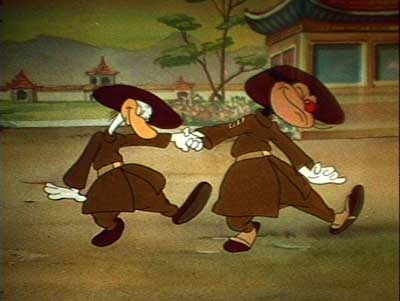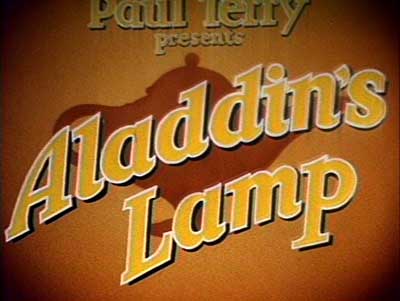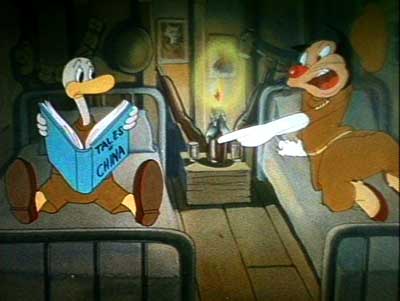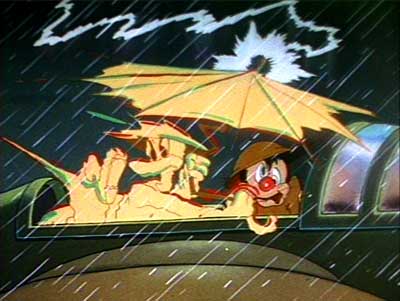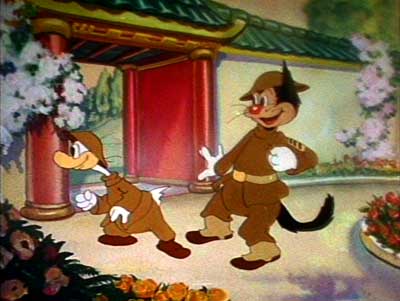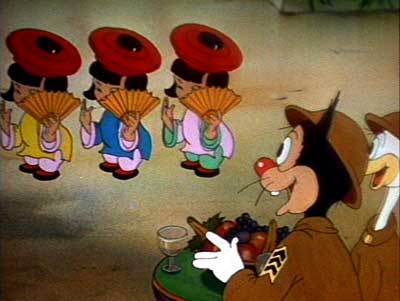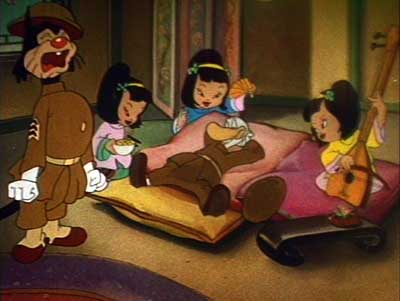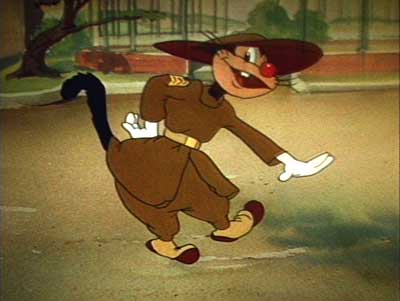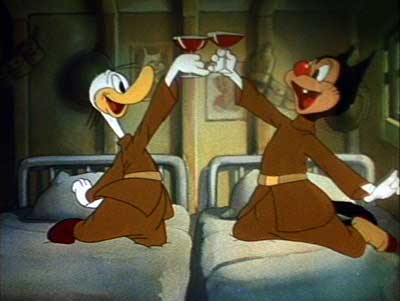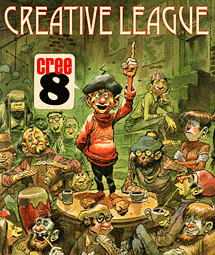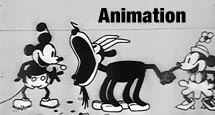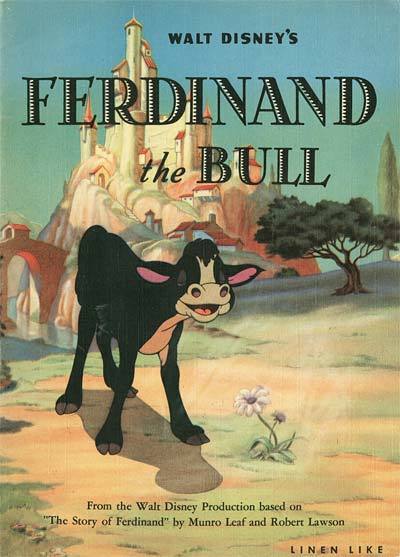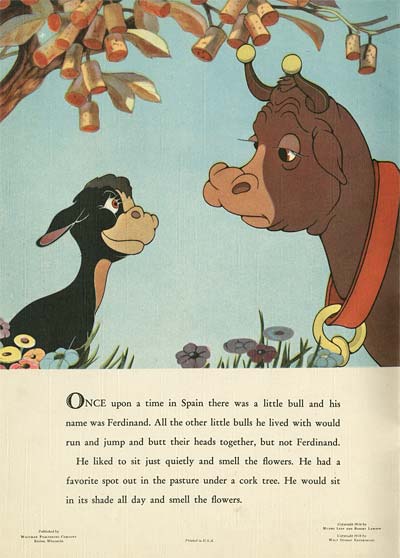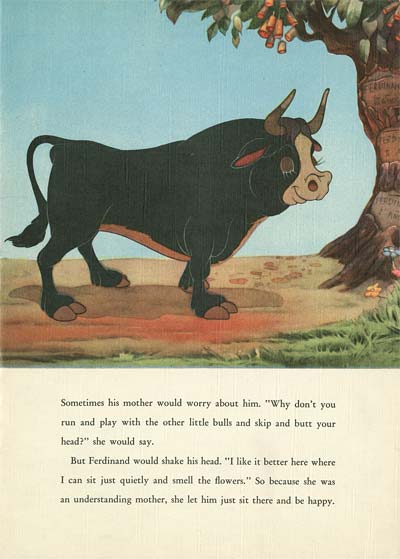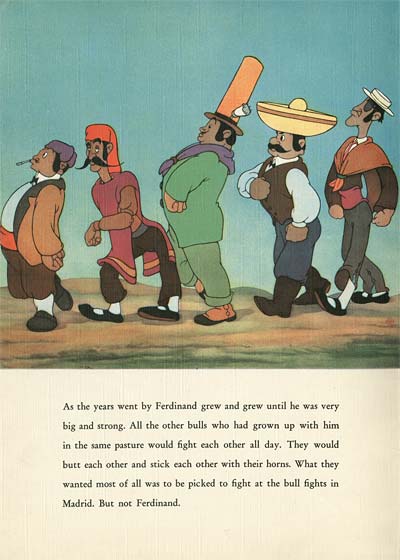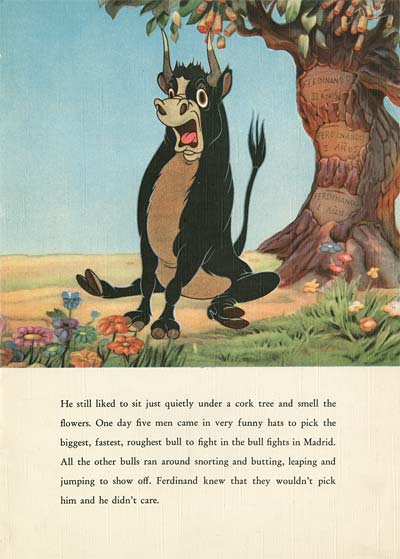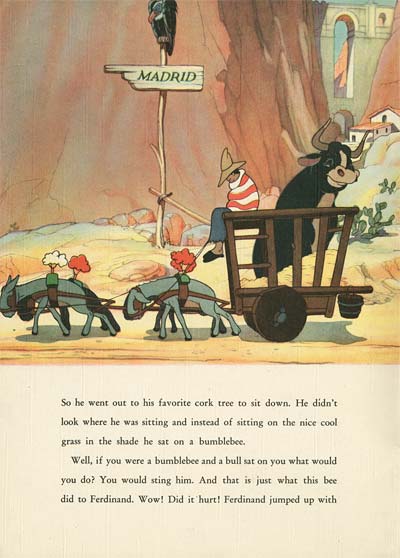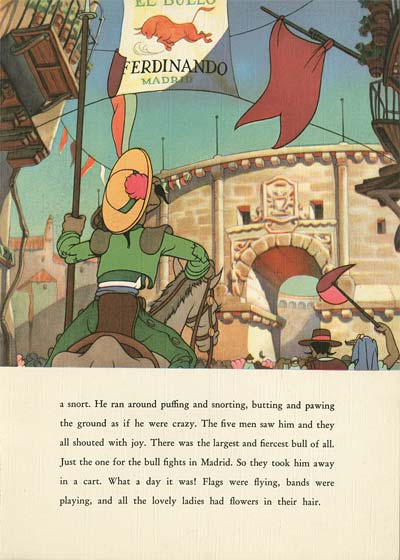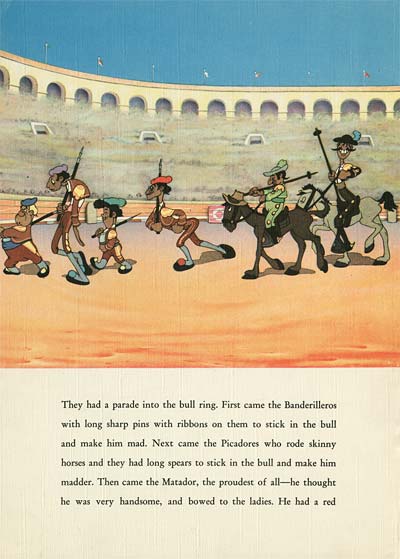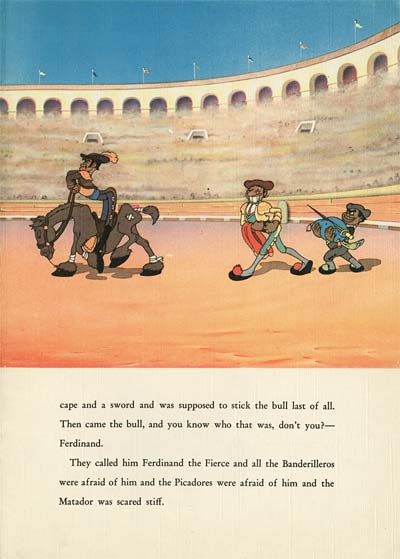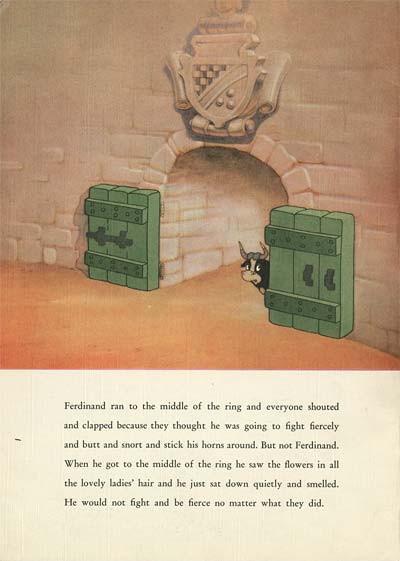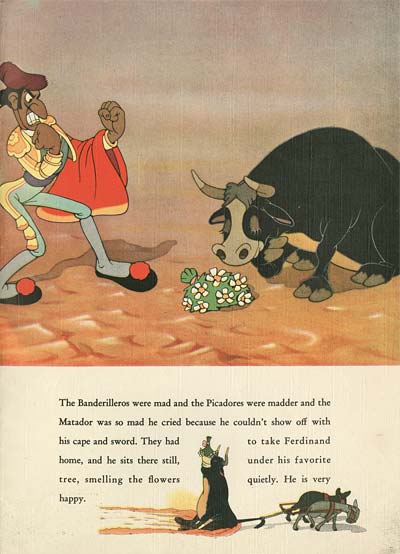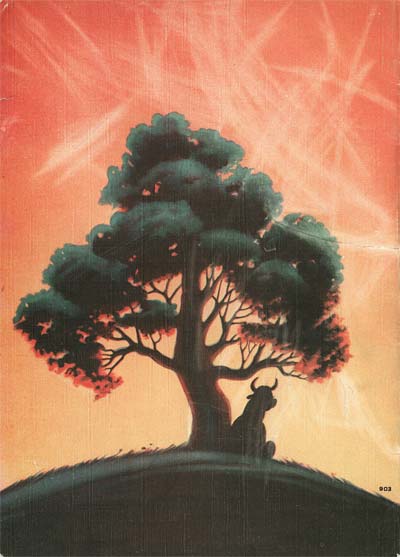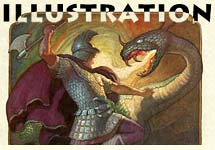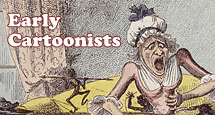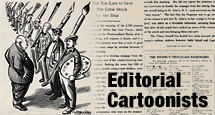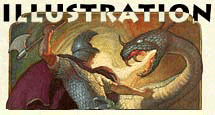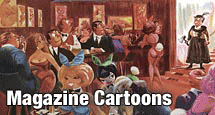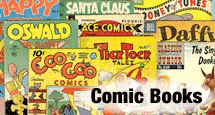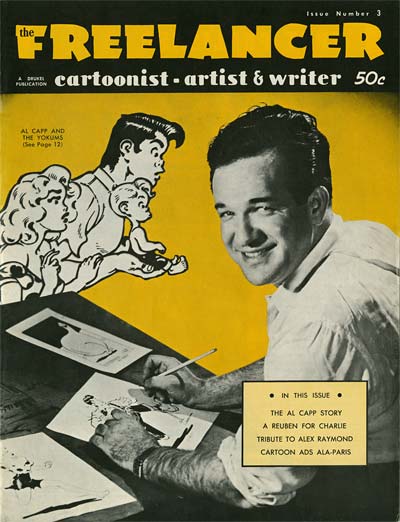
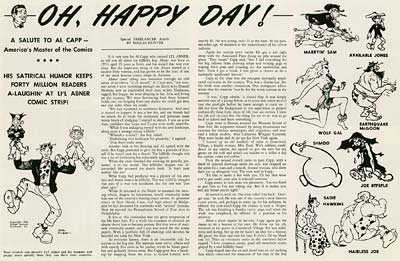
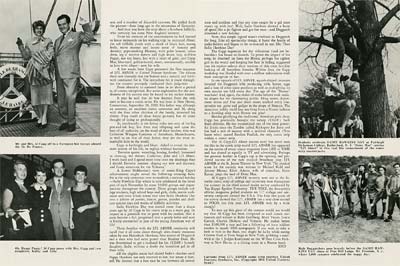
Some comic artists are appreciated because of their antiquated charm, the musty perfume they carry from another age. But Capp strikes us more and more as timeless, priceless and ageless. -Richard Marschall, NEMO Magazine, April 1986
Today, we’re happy to be able to introduce a series of posts on one of the greatest cartoonists ever to grace the funny papers with his presence… Al Capp. Mike Fontanelli has been a fan of Li’l Abner since he was very small. He’s grown up to be a fine cartoonist and an authority on Capp’s life and work. He’s digging into his personal collection of "Cappiana" to illustrate these posts. Thanks, Mike!
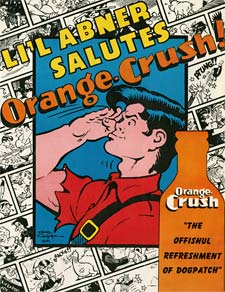


CAPPS OFF!

Li’l Abner Without Apologies
Al Capp was an individual of no small complexity, and his intricate personality could be off-putting to say the least- or even downright contradictory. Two books on the artist published recently, The Enigma Of Al Capp (by Alexander Theroux) and Capp’s autobiographic book, My Well-Balanced Life On A Wooden Leg tell polar opposite stories.
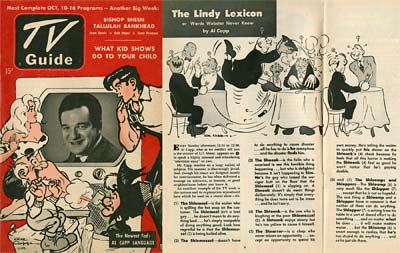
Capp’s star seems to have fallen recently. Contemporary critics seem inclined to recall only his controversial later years, which were marked by divisive anger and a bitterness of the kind to which satirists seem particularly susceptible. Unfortunately, this oversimplification of Capp’s complicated persona has overshadowed his creation, invalidating his real legacy. The body of work Capp left behind tells another story, one that’s been neglected- or worse, suppressed- in recent years. Those who are aware of Capp’s true importance to the history of cartooning can’t help but feel a critical reassessment is long overdue.
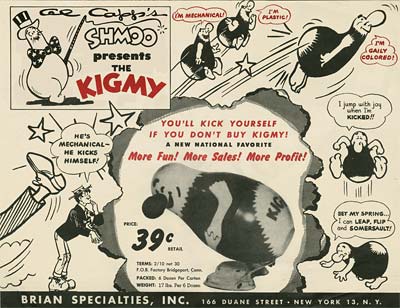
Revisiting the pages of Li’l Abner today, modern readers will be aghast at the still astonishing plotlines, highly original concepts, and vivid, hilariously ludicrous characterizations. As you’ll see in the examples we’ll be presenting over the next couple of months, Li’l Abner went where no other comic strip has ever dared to go before or since.
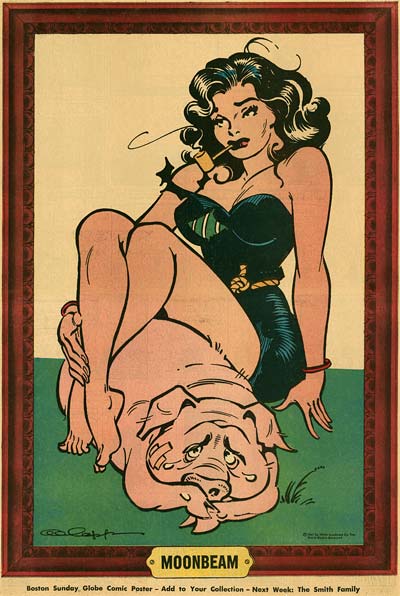
By any modern standard, Li’l Abner must be reckoned an American masterpiece of cartoon satire. The best of Capp’s great body of work could arguably hold its own against any classic work of satire, from Candide to Gulliver’s Travels, from The Pirates Of Penzance to CATCH-22. While no less an authority than John Steinbeck once recommended Capp for the Nobel Prize in literature, (and he duly deserved a Pulitzer Prize before Gary Trudeau was even born) Capp’s rightful place as a modern American equal to Jonathan Swift has still to be recognized.
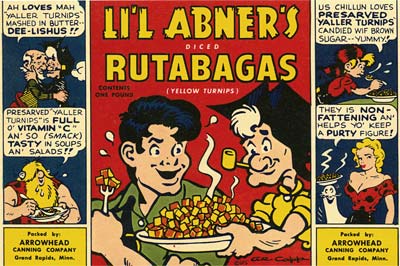
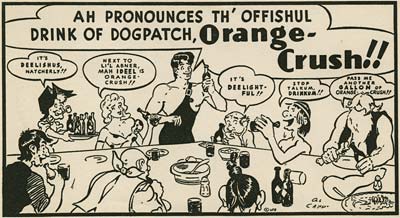
"With Li’l Abner," writes Richard Marschall, "Capp was calling society absurd, not just silly; human nature not simply misguided, but irredeemably and irreducibly corrupt. Unlike any other strip, and indeed unlike many other pieces of literature, Li’l Abner was more than a satire of the human condition. It was a commentary on human nature itself."
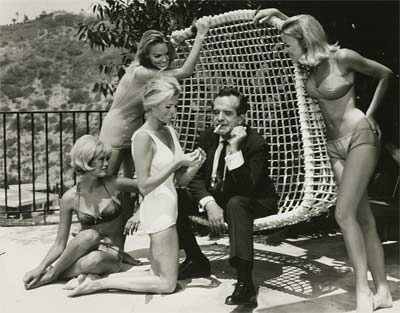
While Al Capp presented himself to the world "warts and all", there’s been an effort of late to portray only the warts. We at Animation Resources are grateful for this opportunity to present the rest of the story.
To start out, here is one of the finest stories in the history of the strip, "Loverboynik, or Ketch A Critic By The Toe". It’s a timely spoof of two diametrically opposed pillars of mid-20th century manhood: Charles Atlas and Liberace. According to Capp, Liberace was “cut to the quick” when this story first appeared in 1956, and even threatened legal action.
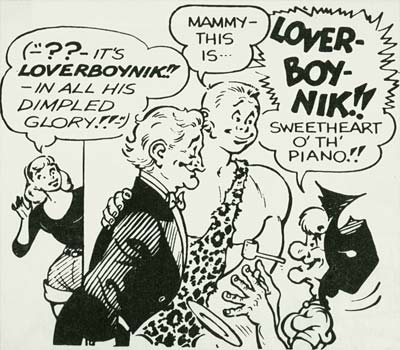
This superb example of Capp’s masterfully controlled plotting technique, breathlessly combines humor and suspense into a seamless whole. The tension doesn’t let up until the hilarious and characteristically bizarre resolution. It also showcases some of the most memorably harrowing aspects of the strip (gulp!) Sadie Hawkins Day, (gasp!) Nightmare Alice, and (shudder!) The Scraggs…
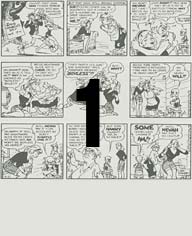
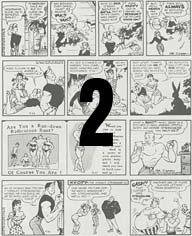
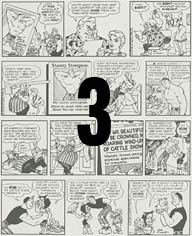
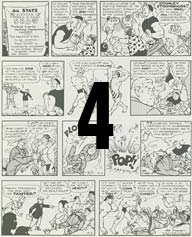
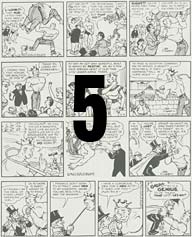
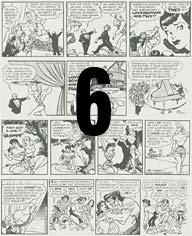
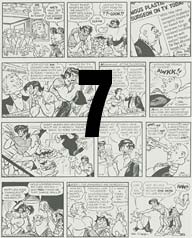
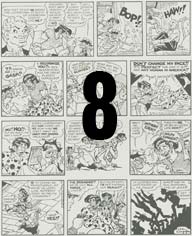
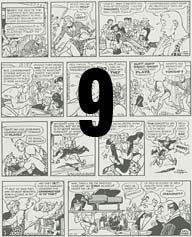
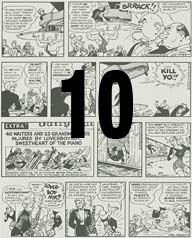
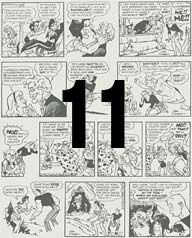
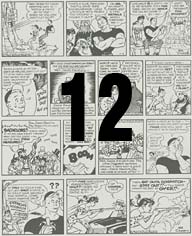
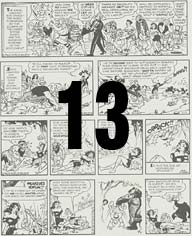
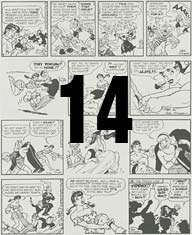
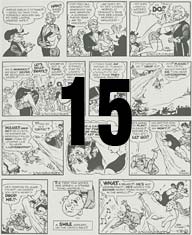
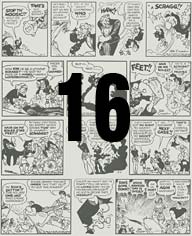
TO BE CONTINUED…
Mike Fontanelli, 2008
Let Mike know in the comments what you think of his article!
Stephen Worth
Director
Animation Resources
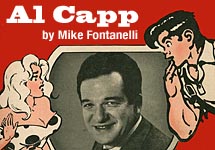

This posting is part of a series of articles comprising an online exhibit by Mike Fontanelli profiling the career of Al Capp.
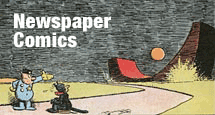

This posting is part of the online Encyclopedia of Cartooning under the subject heading, Newspaper Comics.









 by
by 
Posted by admin @ 1:31 pm
